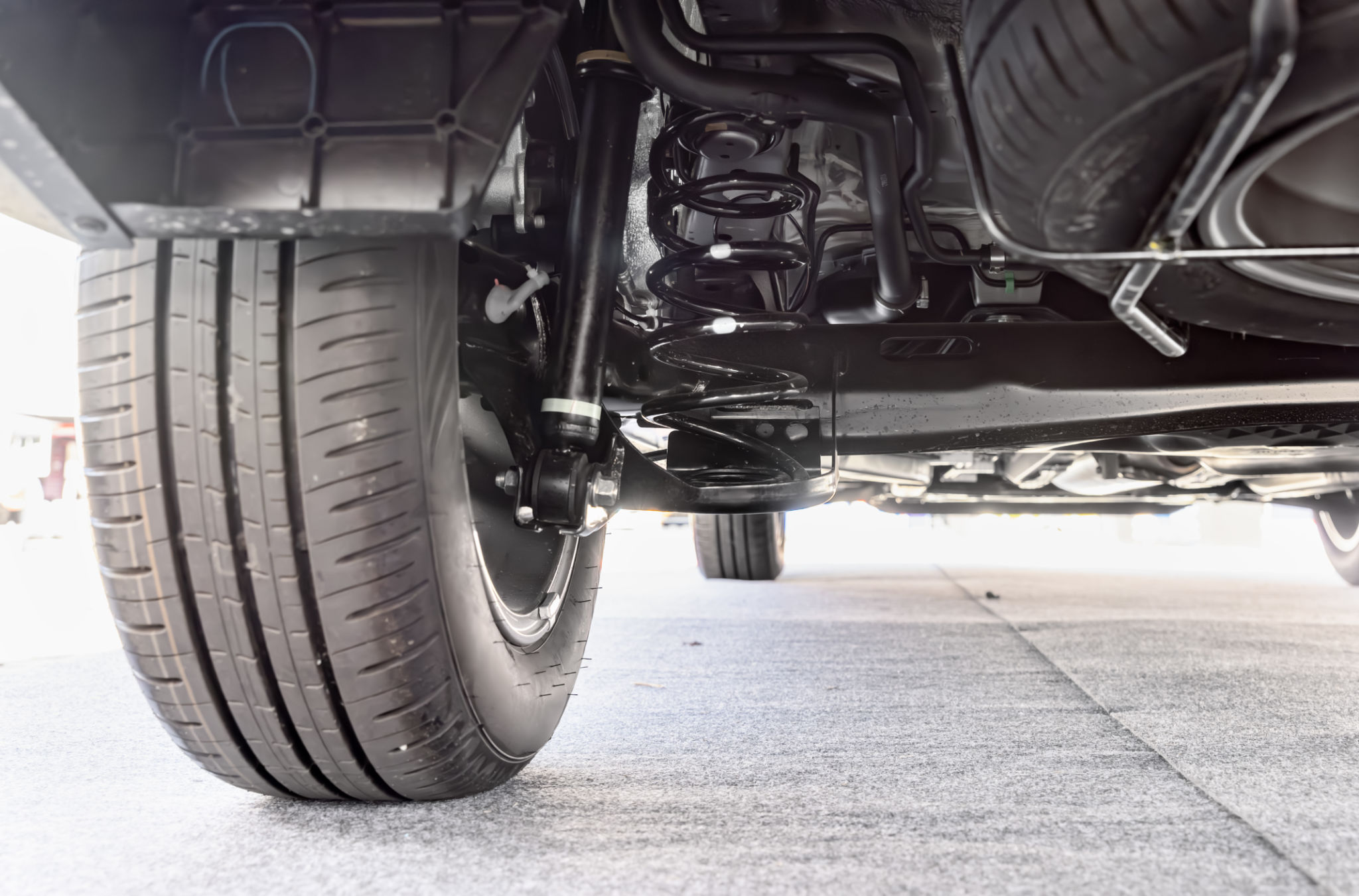DIY Guide: Checking and Aligning Your Tires at Home
Understanding the Importance of Proper Tire Alignment
Keeping your vehicle's tires properly aligned is crucial for ensuring a smooth ride, maximizing fuel efficiency, and extending the life of your tires. Misalignment can lead to uneven tire wear, poor handling, and reduced safety on the road. By taking some simple steps, you can check and align your tires at home, saving both time and money.
Before diving into the DIY process, it's important to know the signs of misaligned tires. Look out for uneven tire wear patterns, a steering wheel that pulls to one side, or unusual vibrations while driving. Identifying these issues early can prevent further damage and costly repairs.

Tools You'll Need
To check and align your tires at home, you'll need a few basic tools. Make sure you have:
- A jack and jack stands to lift and support your vehicle safely.
- A lug wrench to remove the wheel nuts.
- A tape measure or ruler to check alignment.
- A piece of string or a straight edge for accurate measurements.
Having these tools on hand will make the process smoother and more efficient. As always, ensure your working area is safe and secure before beginning any maintenance on your vehicle.
Checking Tire Alignment
Start by parking your car on a level surface. Use the jack to lift your vehicle and secure it with jack stands. Once the car is safely elevated, remove the wheels using the lug wrench. This will give you clear access to inspect the suspension components and tires.

Next, use a piece of string or a straight edge to check the alignment of each tire. Align the string with the front and rear edges of the tire to see if there are any differences in distance. If the string is not parallel with both edges, it indicates misalignment.
Adjusting the Alignment
Once you've identified misaligned tires, it's time to make adjustments. Begin by loosening the tie rod locking nut using a wrench. This will allow you to adjust the tie rod end, which controls the wheel’s alignment.
Turn the tie rod end left or right until the tires are properly aligned with each other. After making adjustments, tighten the locking nut securely. Repeat this process for each wheel that needs alignment correction.

Final Checks and Road Test
After completing the alignment adjustments, double-check all bolts and nuts to ensure everything is tightened correctly. Lower your vehicle from the jack stands and take it for a short drive to test the alignment. Pay attention to how the steering feels and whether the car pulls to one side.
If you still notice any issues, you may need to repeat the alignment process or consult a professional for further inspection. Regularly monitoring your tire condition and alignment can prevent long-term issues and enhance your driving experience.